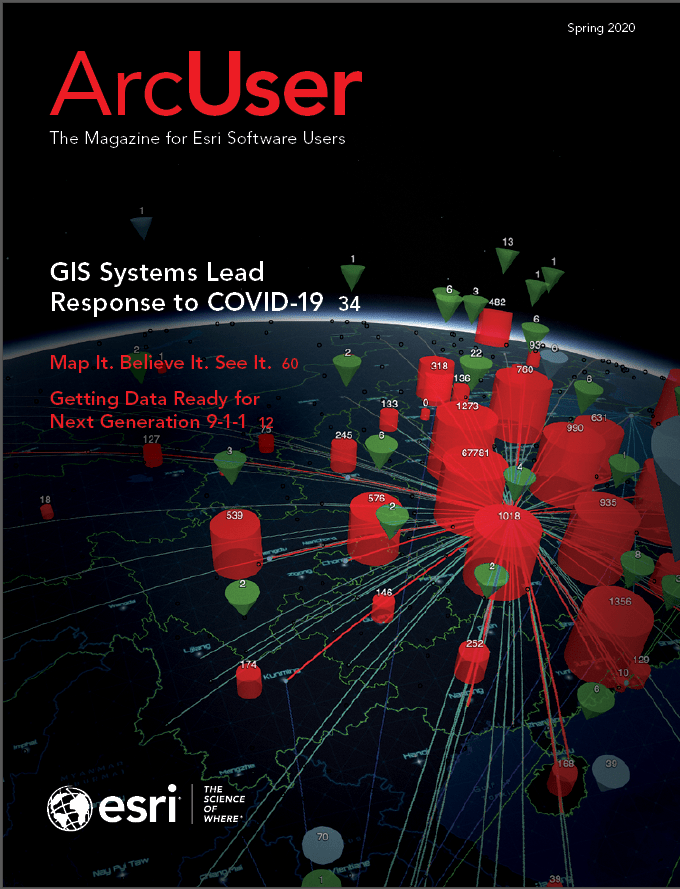In 1994, I started my career in GIS by working at a regional planning commission. I still think about it every time I work with planners, speak at a planning conference, or hold a workshop at the APA [American Planning Association].
The concept I keep coming back to is how isolated GIS was from planning professionals. At the time, it required hefty investments in hardware, software, and training—quite honestly at a level that didn’t make sense for most planning professionals. They could more efficiently farm out their work to the GIS technician sitting in the back cubicle and teach him/her about the right shade of yellow to use for single-family residential land use. (That was a fun lesson.)
Today’s planning department can’t work like that. Technology and the expectations that go with it have changed exponentially. The most inspiring part of today’s planning environment is that planners don’t also have to be GIS professionals.
This bothers far too many GIS professionals who have been in this field a long time. They are unhappy they aren’t the only ones who can leverage data science. It’s an antiquated and unsustainable stance that will lead them to obsolescence in this field. That’s not a theory. I’ve seen it in real life more than a few times.
One of the things I learned while working in the planning field was how interconnected a planner’s decisions were with other local and regional government departments. Even a rather simple subdivision review wasn’t just signed off by yours truly. It required analysis and input from public works, parks, utilities, transportation, and sometimes public safety departments.
The evolution of Web GIS now means that planners can access the tools they need to design, analyze, and compare development scenarios before the first site plan enters the office. It means the legal requirements of public notification can be handled and recorded in-house. It means that the numerous stakeholders I mentioned, as well as local government administrators, have focused, secure apps to analyze and collaborate in this process. And all of this can occur without installing traditional desktop GIS software on the planner’s desktop. It doesn’t require weeks of training or a powerful machine to run, either.
Planning departments in local governments are increasingly being tasked with participating in resilience planning and economic development efforts in addition to their traditional roles of reviewing current planning projects and maintaining a long-range plan. This makes collaboration even more critical because more stakeholders are involved.
Whether dealing with a variance, rezoning, or a complete update to the comprehensive plan, a planner has a story to tell. That’s why I love ArcGIS StoryMaps. A planner can take a complex story and use story maps to make it visually appealing and relatable. This brings incredible value to the table. Instead of printing out dozens of pages that will likely never be read and putting them in a binder on a shelf, this easy web-based app can easily communicate the story to the public, administrators, developers, and the media.
Finally, one of the more underrated benefits of Web GIS is the way it enables true citizen engagement—a genuine partnership between citizens and their government. It meets modern expectations with modern technology. You can’t tell the public anymore that the only way they can communicate with the planning department is to show up at the public hearing or make a call to the department.
The Web GIS pattern provides easy ways to generate purposeful open data centered around initiatives that matter to the public such as a downtown redevelopment project or a comprehensive plan update. It provides a way for residents to not only be notified, but to provide feedback through surveys, maps, and other apps. This pattern also provides a level of transparency for the planning department regarding its methodology by providing the data-driven approach behind decisions. I see the role and benefits of Web GIS in a smart system for planning from multiple perspectives: executive, planner, field staff, and the public.
For clarification, this doesn’t mean that desktop GIS software is obsolete. It means just the opposite. It means that the content desktop GIS creates—the data, analysis, models, and maps—has a much wider audience than ever before. So, it’s inspiring to learn how most planning students coming out of college programs have at least a nominal exposure to GIS in their curriculum.
This new pattern is not creating more work for planners. It’s taking the workflows already in place and optimizing the way those workflows are completed. Moreover, these apps work together seamlessly. They are not a bunch of disparate apps that slow down overall processes.
This type of cohesive platform can foster an environment of collaboration between stakeholders and planners on initiatives—something that planning departments have probably never really had before.




